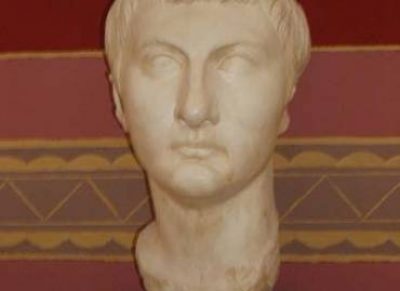It was created in 1982 and is found inside the La Victoria convent. It displays archaeological materials taken from sites in and around Puente Genil, such as Los Castellares, Anzur Castle, Fuente Alamo, etc. The museum has two sections: Archaeology and Ethnography.
Archaeology section
Room I. Pre-history and Proto-history
This room displays a collection of materials from the Pre-historic era, from the Middle Palaeolithic to Final Bronze Ages. The first collections are carved stone tools (quartzite and flint). The most outstanding are racloirs, knives and hand axes, which appeared on the river terraces of the Genil. The sample of materials is varied and unique (ceramic, polished stone, bone and metal) from Fuente del Lobo, elements that were important during the Bell Beaker culture.
A 6th century BC Corinthium pot, brooches and ceramic fragments are the most impressive exhibits among the objects from the Tartessian world and their relationship with western Phoenician and Greek colonists. Iberian culture has bequeathed several pieces such as zoomorphic sculptures (bull, lioness, horse) in limestone and a series of materials; the most noteworthy being the wheel-thrown pot decorated with stripes and swirls.
Room II. Ancient and Medieval ages
Exhibits from the Roman world are mainly on display in this room, such as capitals, pottery, bronze, glass and Latin inscriptions, all dominated by a series of Roman sculptures from the Early Empire. In this part of the building, the Roman mosaics, coming from Fuente Álamo villa are the most impressive attribute.
The room also displays archaeological materials from the Visigoth and Medieval era. From the Visigoth era there is a series of stamped bricks, pottery and bronze items, proof of the Visigoth funebrial ritual. The Medieval era corresponds with the Muslim era, with a wide sample of glaze ceramics, several bronze objects -most coming from Anzur castle- among which the wonderful Caliphal “beehive” capital and the wide coin collection of dinars and dirhams are both outstanding.
Ethnography section
Room III. Quince jelly
The most recent past brings us a series of materials that evoke memories of Puente Genil’s industrial and commercial height, which occurred at the end of the 19th century and the first half of the 20th century. The exhibits in this section are related to food production, especially using quince. Visitors can observe several materials that were used during traditional quince production, such as a series of models (factory, wheel, cart) which try to recreate the daily tasks during that period.
Address
Address:
C/ Contralmirante Delgado Parejo, 2,puente-genil
GPS:
37.389862366789, -4.7785904446331







